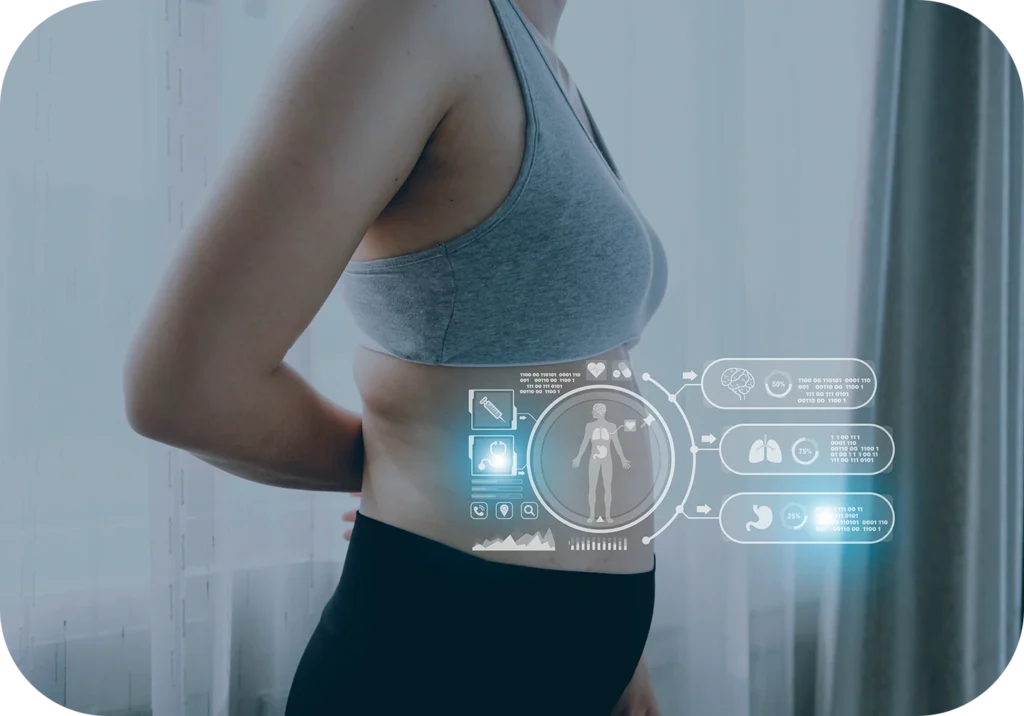Abstract
Purpose
The introduction of the time-lapse monitoring system (TMS) and the development of predictive algorithms could contribute to the optimal embryos selection for transfer. Therefore, the present study aims at investigating the efficiency of KIDScore and iDAScore systems for blastocyst stage embryos in predicting live birth events.
Methods
The present retrospective study was conducted in a private IVF Unit setting throughout a 10-month period from October 2021 to July 2022, and included the analysis of 429 embryos deriving from 91 IVF/ICSI cycles conducted
due to infertility of various etiologies. Embryos incubated at the Embryoscope+ timelapse incubator were analyzed through the established scoring systems: KIDScore and iDAScore®. The main outcome measure was the comparison of the two scoring systems in terms of live birth prediction. Embryos with the higher scores at day 5 (KID5 score/iDA5 score) were transferred or cryopreserved for later use.
Results
Embryos with high KID5 and iDA5 scores positively correlated with the probability of successful live birth, with KID5 score yielding a higher efficiency in predicting a successful reproductive outcome compared to a proportionally high iDA5 score. KID5 demonstrated conservative performance in successfully predicting live birth compared to iDA5 score, indicating that an efficient prediction can be either provided by a relatively lower KID5 score or a relatively higher iDA5 score.
Conclusion
The developed artificial intelligence tools should be implemented in clinical practice in conjunction with the conventional morphological assessment for the conduction of optimized embryo transfer in terms of a successful live birth.
Keywords
Artificial intelligence, Time-lapse monitoring, IVF outcome, KIDScore, iDAScore, Embryo selection
You can read more at Paper.pdf



